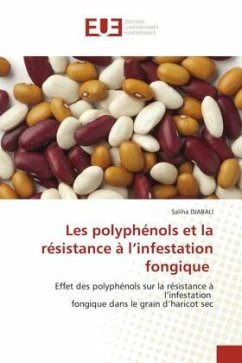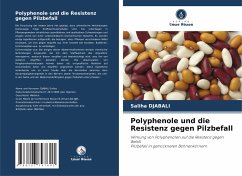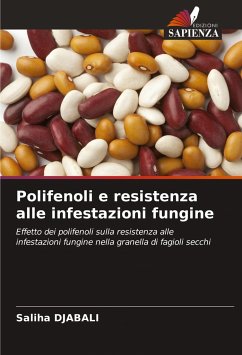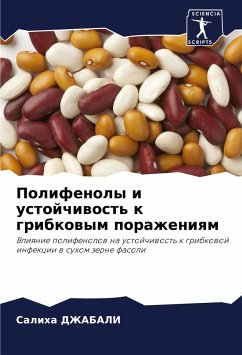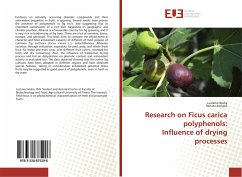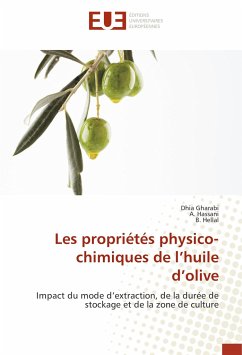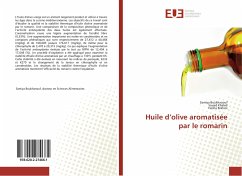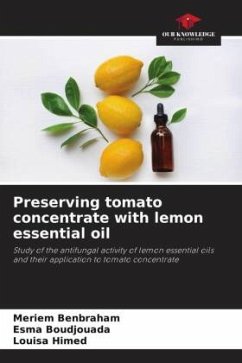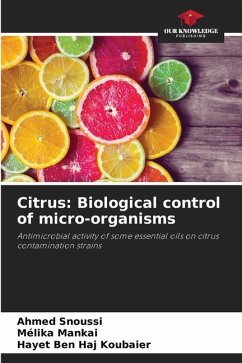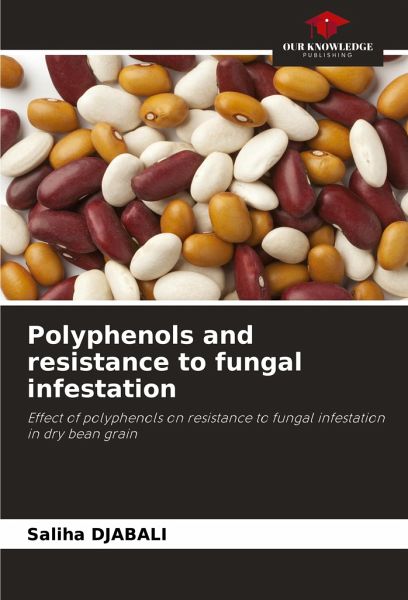
Polyphenols and resistance to fungal infestation
Effect of polyphenols on resistance to fungal infestation in dry bean grain
Versandkostenfrei!
Versandfertig in 6-10 Tagen
40,99 €
inkl. MwSt.

PAYBACK Punkte
20 °P sammeln!
Research in recent years has shown that phenolic compounds are by no means inert products of metabolism. In plant tissues, they are subject to significant quantitative and qualitative variations, thus testifying to an undeniable biochemical dynamic. Certain hypotheses have been put forward, postulating that plants use various means to defend themselves against environmental aggression from insects, bacteria, molds, etc.molds, etc. Some of these means of defense involve chemical compounds that interact with the attacker's metabolism, so that the latter is intoxicated and affected, and may be di...
Research in recent years has shown that phenolic compounds are by no means inert products of metabolism. In plant tissues, they are subject to significant quantitative and qualitative variations, thus testifying to an undeniable biochemical dynamic. Certain hypotheses have been put forward, postulating that plants use various means to defend themselves against environmental aggression from insects, bacteria, molds, etc.molds, etc. Some of these means of defense involve chemical compounds that interact with the attacker's metabolism, so that the latter is intoxicated and affected, and may be discouraged from continuing its attack. The accumulation of polyphenolic compounds could therefore be seen as a non-specific response to different types of aggression. This hypothesis prompted us to undertake a study of the correlation between total polyphenol content in the seeds of two dry bean varieties differing in color and resistance to fungal infestation.





